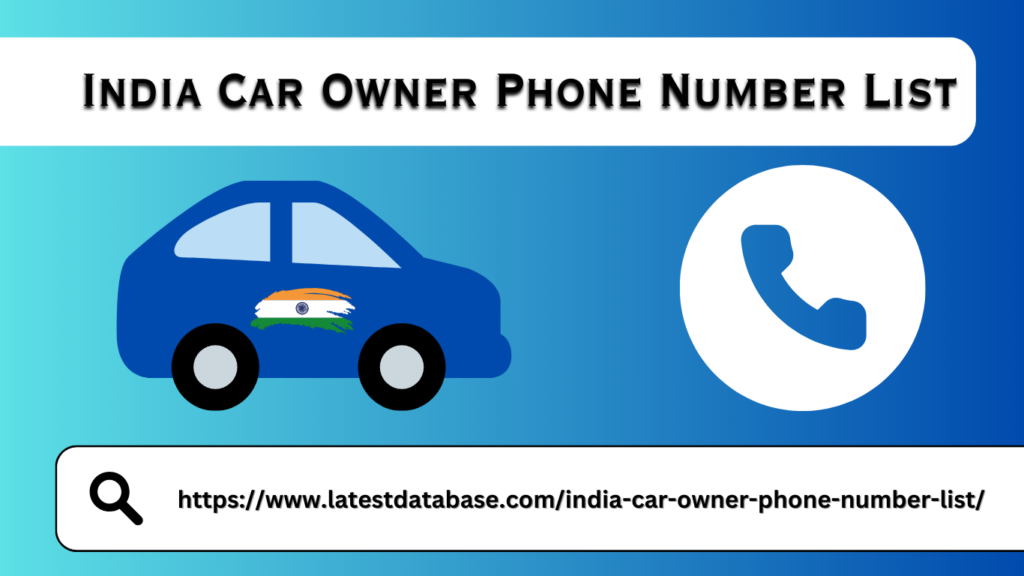Post by account_disabled on Mar 9, 2024 8:59:43 GMT
In the last blog entry we wrote about the API interface sales processes and the Insurance System which can be a product engine for other systems. We would like to expand on this last issue related to the product engine focusing on insurance product management. Let's start by defining what an insurance product is. Insurance tariffs Not so long ago all policies were charged via applications on the insurance agent's side i.e. based on offline tariffs popularly called flat rates. Currently more and more insurance companies provide their tariffs using web services i.e. online. With this approach the tariff owner can modify its parameters at any time taking into account many external factors influencing the calculation of the premium.
Insurance companies use additional sources of information avail India Car Owner Phone Number List able online to take into account even more parameters when calculating premiums e.g. solutions such as CEPIK or UFG. Such tariffs are called dynamic. Tariff handling in both models requires appropriate supporting Email Marketing List and complementary functionalities from the insurance system. How does the tariff translate into products and policies in the Insurance System? The definition of an insurance product consists of a number of elements the key being of course the premium calculation algorithm available online or offline. Additionally various supporting functionalities may be needed.

In the case of policies issued based on offline tariffs a whole range of extras may be needed to properly operate the product; these extras result directly from general agency contracts or other provisions. This is where information about available discounts increases rebates export formats popularly called readings additional reporting etc. comes from. The handling of products based on an online tariff may look slightly different. Unfortunately here too the differences in operation are huge starting from the method of communication with a given insurance company functionalities that can be implemented online e.g. policy cancellation annexation etc. and ending with production reporting.
Insurance companies use additional sources of information avail India Car Owner Phone Number List able online to take into account even more parameters when calculating premiums e.g. solutions such as CEPIK or UFG. Such tariffs are called dynamic. Tariff handling in both models requires appropriate supporting Email Marketing List and complementary functionalities from the insurance system. How does the tariff translate into products and policies in the Insurance System? The definition of an insurance product consists of a number of elements the key being of course the premium calculation algorithm available online or offline. Additionally various supporting functionalities may be needed.

In the case of policies issued based on offline tariffs a whole range of extras may be needed to properly operate the product; these extras result directly from general agency contracts or other provisions. This is where information about available discounts increases rebates export formats popularly called readings additional reporting etc. comes from. The handling of products based on an online tariff may look slightly different. Unfortunately here too the differences in operation are huge starting from the method of communication with a given insurance company functionalities that can be implemented online e.g. policy cancellation annexation etc. and ending with production reporting.
